Studio lighting: 4 seriously simple lighting techniques to try at home

Studio lighting can seem daunting if you’ve never tried it before. However, it’s not nearly as scary as most people think. By using a simple home studio kit with just a couple of flash heads and a few basic accessories, you can get great results in no time at all.
There are plenty of home studio lighting kits to choose from - with some even costing less than a single manufacturer flashgun. We’ll take you through some of the standard kit you need, and show you four great lighting setups for shooting studio portraits. While these are a great starting point, it’s best to experiment, so if you’re working in your own home studio, don’t be afraid to tweak these setups. Now let’s get started and see how it’s done!
Creating the perfect home photo studio
This basic home photo studio kit includes everything you need to get started. Here are some of the key tools you'll be using to create the classic studio lighting techniques in this tutorial...
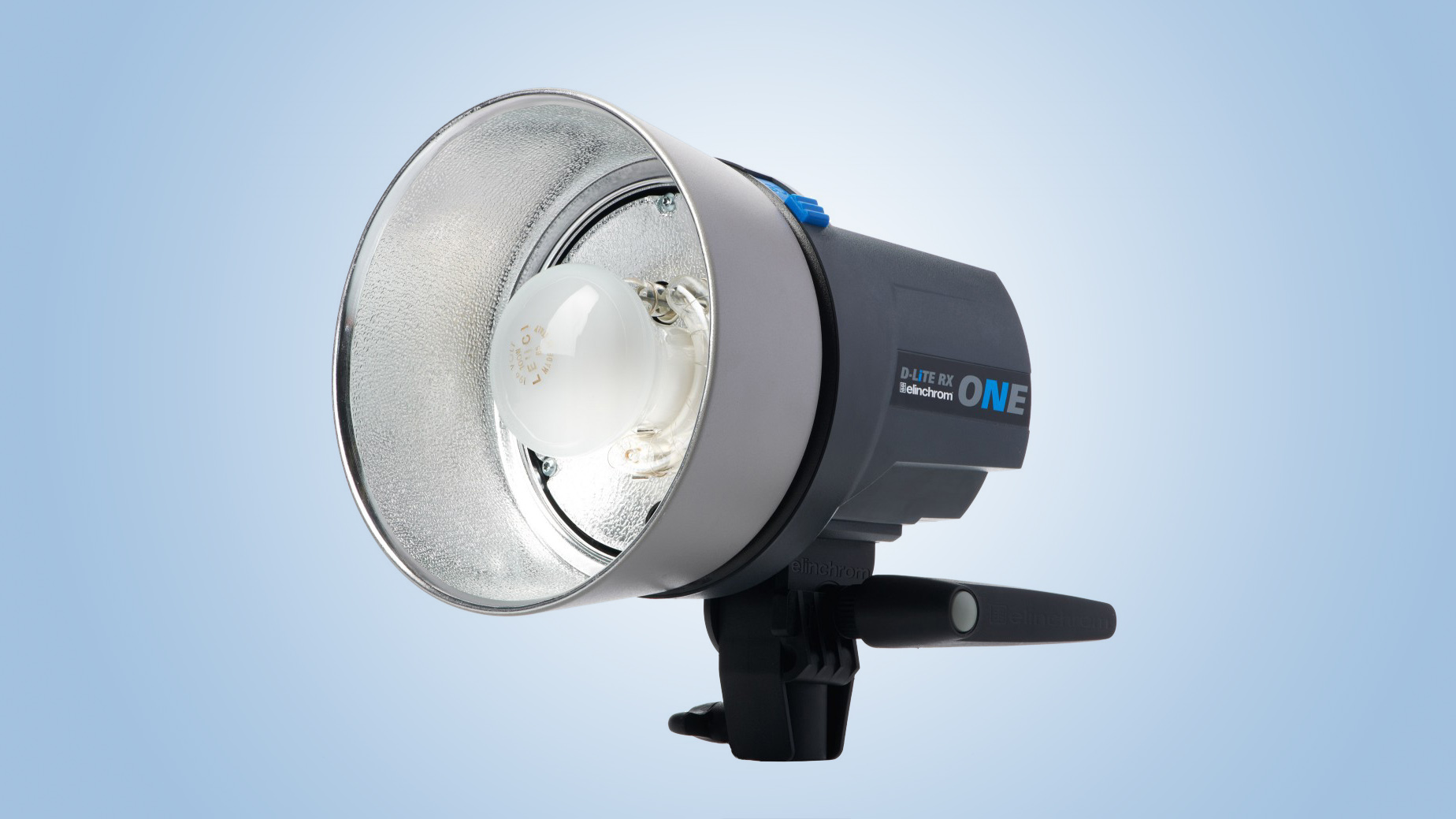
1. Flash heads
Most kits have two flash heads. Along with a flash tube, there’s a modelling light. Most have a switchable ‘slave’, enabling one flash to be triggered by another, so you only need to have your camera connected to one of the heads.

2. Light stands
Studio flash is all about positioning the light source away from the camera, so stands are crucial. They support the flash heads, which means they can be positioned at the right distance and angle to the subject.
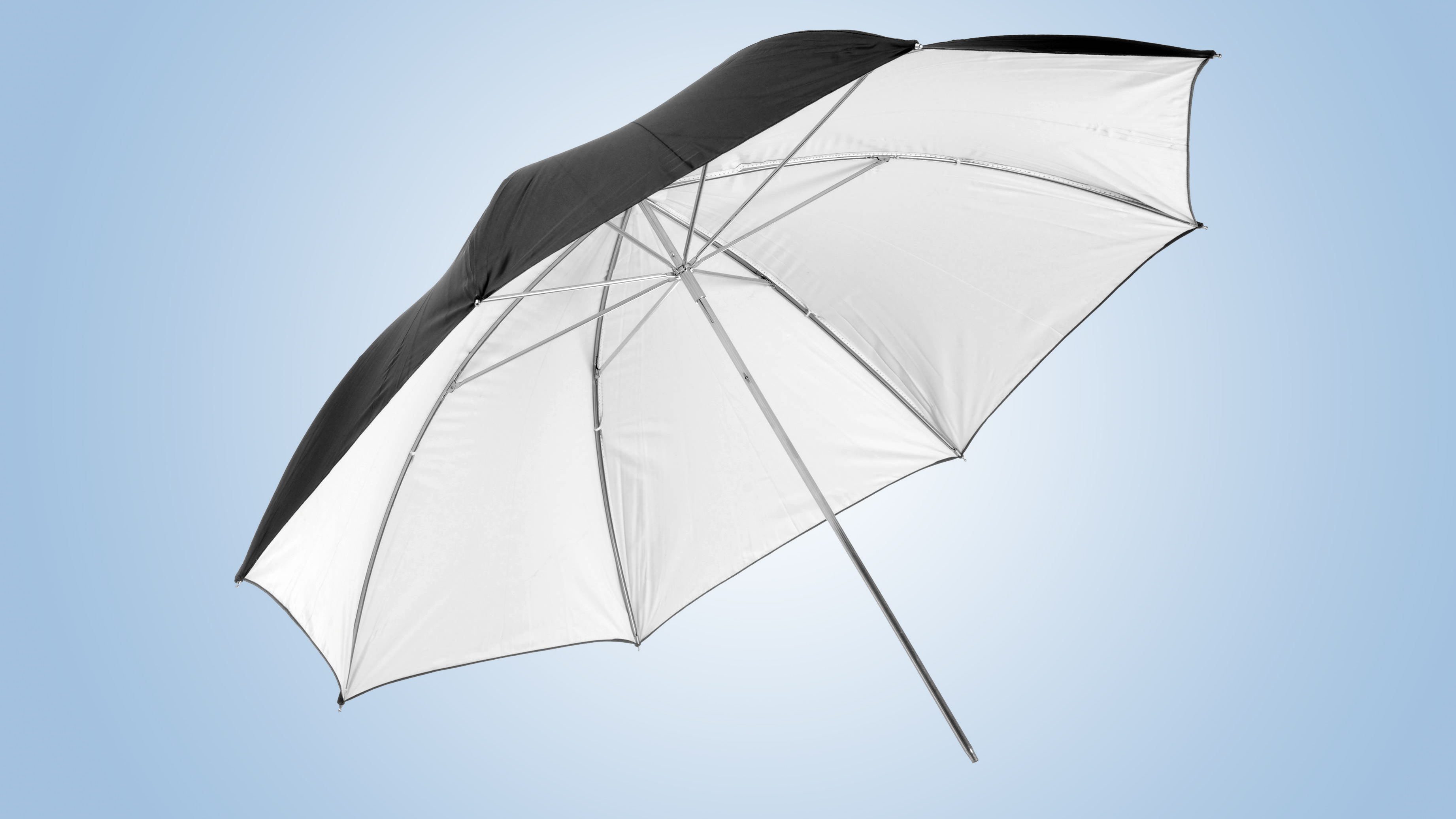
3. Umbrella
A brolly is the most standard form of lighting accessory. The flash is directed into the brolly so the light is reflected back onto the subject. They are available in different reflective surfaces - typically white, silver or gold.

4. Softbox
Softboxes are slightly more sophisticated than brollies and once you've worked out how to assemble these tent-like devices, they create a softer and generally more flattering light, with a more even illumination.
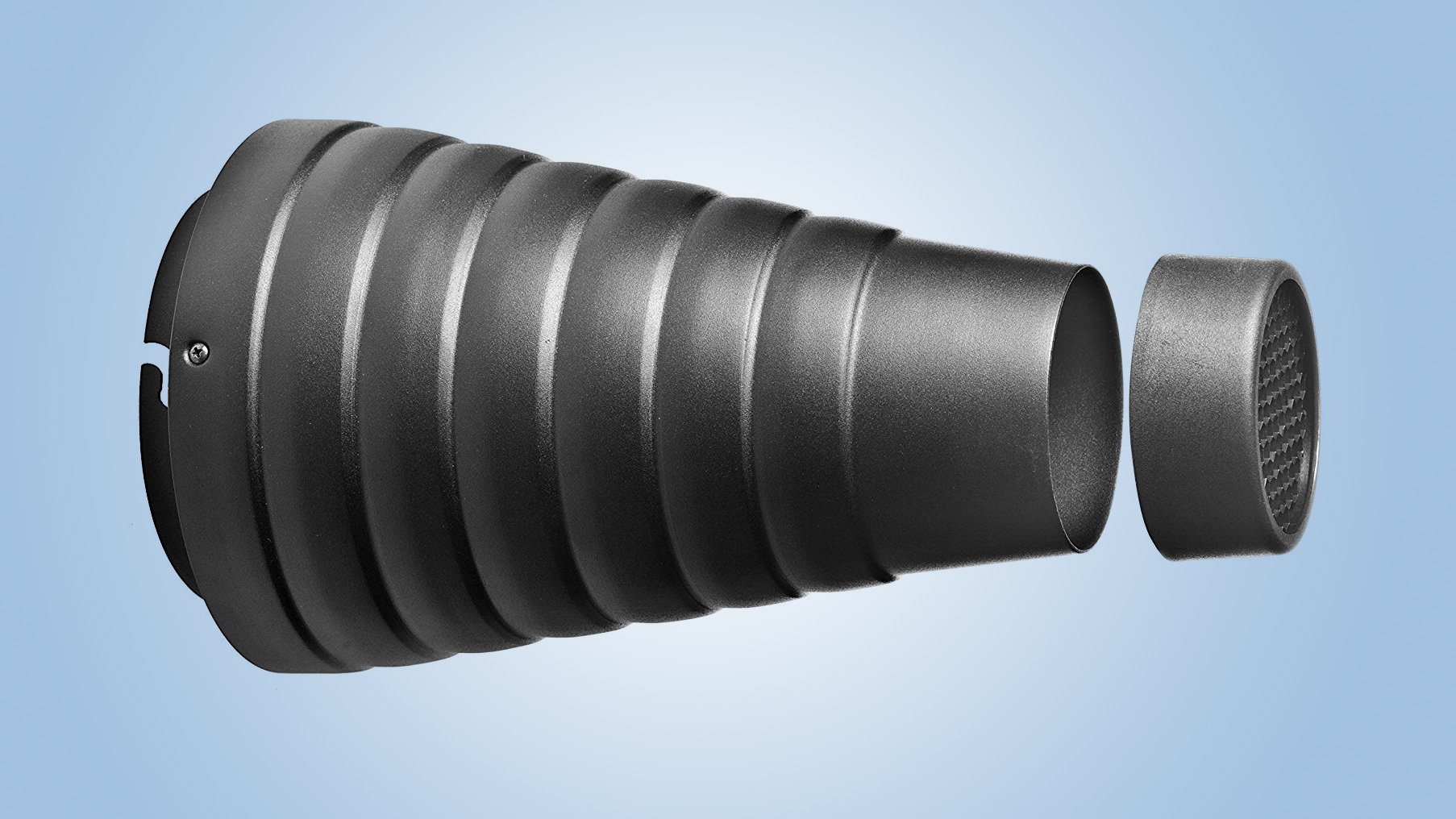
5. Snoot and honeycomb
Both of these tools help to concentrate or 'focus' the light. They're ideally suited for use as backlights or for isolating a particular part of an image.

6. Reflector
A simple reflector can be really useful in a studio lighting setup, especially if you're only using one light. You use it the same way you would with natural light - to bounce light back onto your subject and fill in any hard shadow areas.
Studio Lighting Setup 1 | Rembrandt
This studio lighting technique is ideal for artistic shots with depth

Position one flash head with a silver brolly at a 45° angle to the model at about six feet high. This creates a strong, hard, direct light from the side and above. This is called a key light. To even the lighting, position a reflector on the other side of the model to bounce the light back into the shadow side. There should be a small triangle of light on the subject’s face – this is referred to as Rembrandt lighting.
Gear needed:
- One flash head
- One reflector
- Two light stands
Studio Lighting Setup 2 | Clamshell
This studio lighting technique is used to capture every detail with even light
Sign up for breaking news, reviews, opinion, top tech deals, and more.
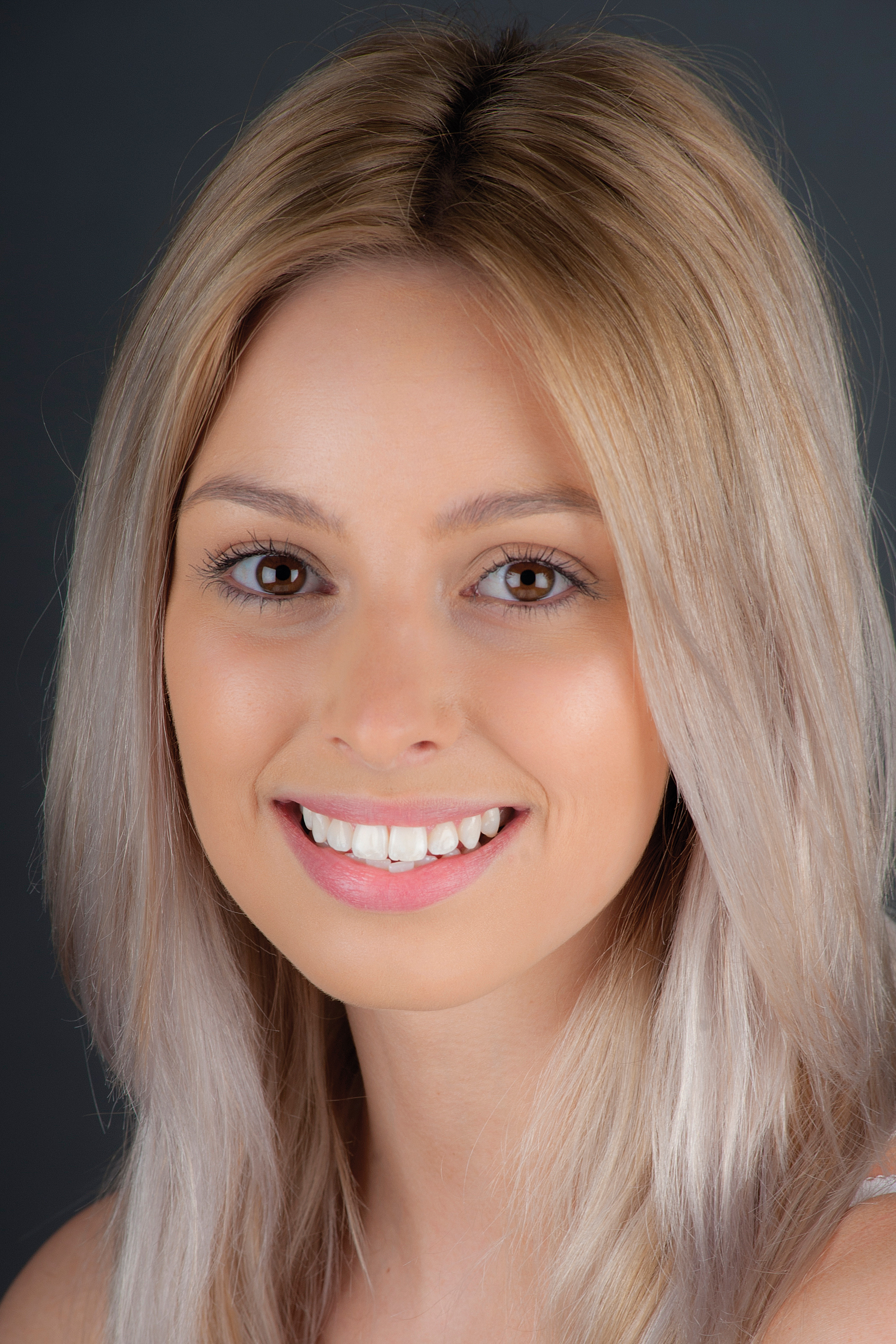
This setup is great for beauty images as the lighting is flat and even. It’s pretty easy to achieve this effect too – all you need to do is place two softboxes on either side of your subject at the same angle and at an equal distance. Set the power so it’s the same from each light. Try using a reflector under the face – your model should easily be able to hold this. This will bounce light up and onto the face.
Gear needed:
- Two flash heads
- Two 66cm softboxes
- One reflector
- Two light stands
Studio Lighting Setup 3 | Backlight
This studio lighting technique is used to add depth and drama with rear lights

To add drama, use a honeycomb or snoot accessory on one of the lights. This will narrow the beam of light. We’re going to position this behind the model, pointing back towards the camera so that it lights the back of her head. This is a great way to add drama and depth to a photo, and it also creates a sense of separation from the background. Of course, you need to make sure the backlight isn’t visible in the shot.
Gear needed:
- Two flash heads
- One 66cm softbox
- One reflector
- One honeycomb
Studio Lighting Setup 4 | Rim lighting
This studio lighting technique is used to create an exciting style with good definition
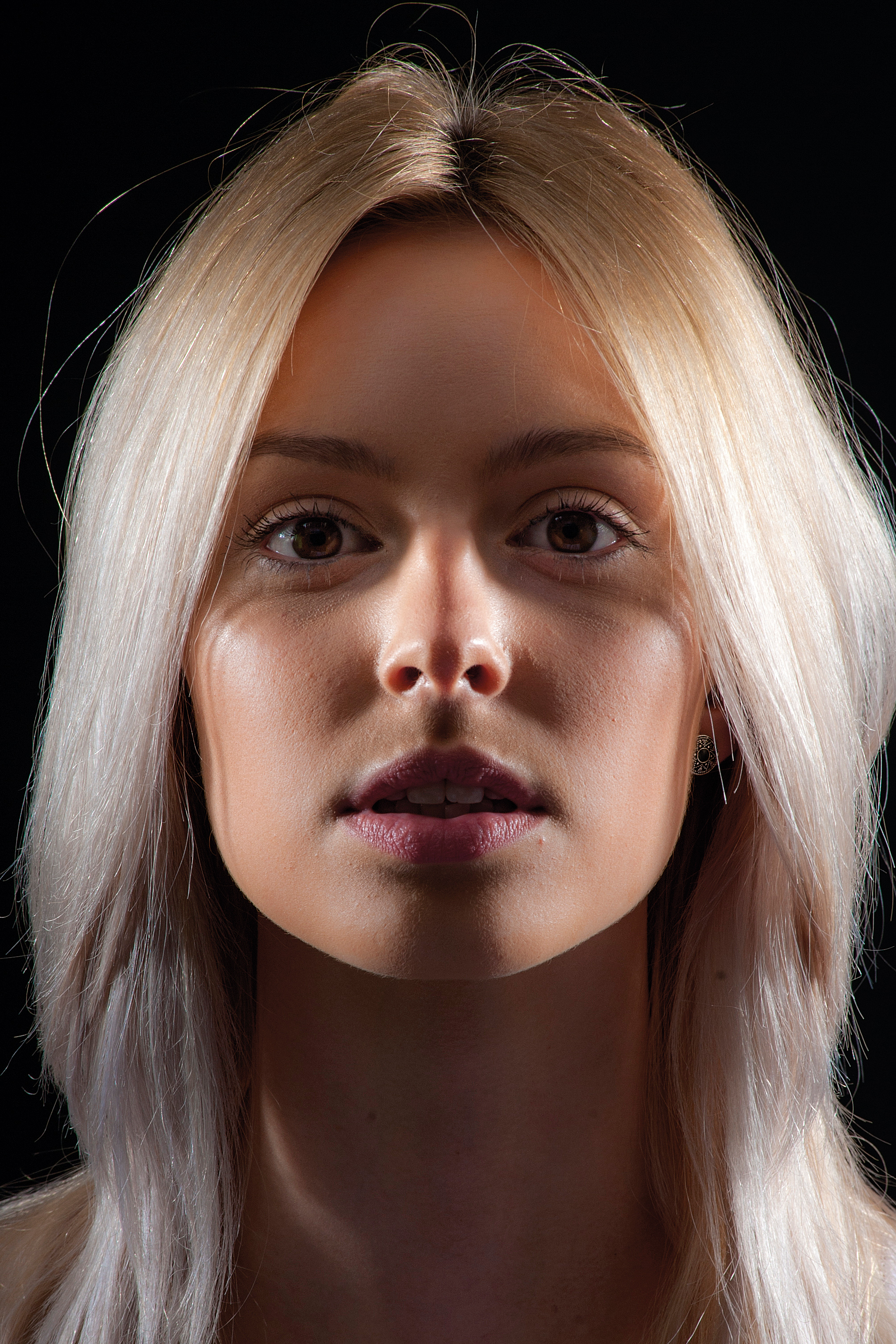
Place both lights slightly behind the subject, pointing back towards the camera. This setup requires some tweaking and can work really well with nudes as it helps define body shape. You’ll need to watch out for lens flare, though, as the lights are pointing back towards the camera. A set of ‘barn doors’, a lens hood or a shield can help prevent this. An assistant who can hold a carefully positioned reflector is useful – this will help fill in those areas of deep shadow.
Gear needed:
- Two flash heads
- One reflector
Final Tips on Studio Lighting
Tip 1.
The shutter speed you choose is less significant in a studio setup but obviously needs to be fast enough to avoid any camera shake. However, you also need to be careful not to set a shutter speed faster than the camera's specified sync speed - on most cameras this is usually either 1/200sec or 1/250sec. Go any faster and you'll have horrible black stripes across your images.
Tip 2.
The power of flash is measured in Watt-seconds. Each of the heads we're using is 400Ws, which approximates a guide number of 64. This is fine for regular portrait work.
Tip 3.
Switch your camera to manual and use the histogram and LCD to assess the exposure and effect of the lights. Use the dials to change the power of the lights and the aperture to alter the exposure.
Tip 4.
A sync cable or a wireless trigger is needed to connect your camera with the lights so that when you press the shutter, the lights fire at the same time. Some wireless triggers (which can be bought on eBay for £15, $25) are so cheap now that they're the best option, especially as many popular DSLRs don't have the PC socket you need in order to use a more traditional sync cable.